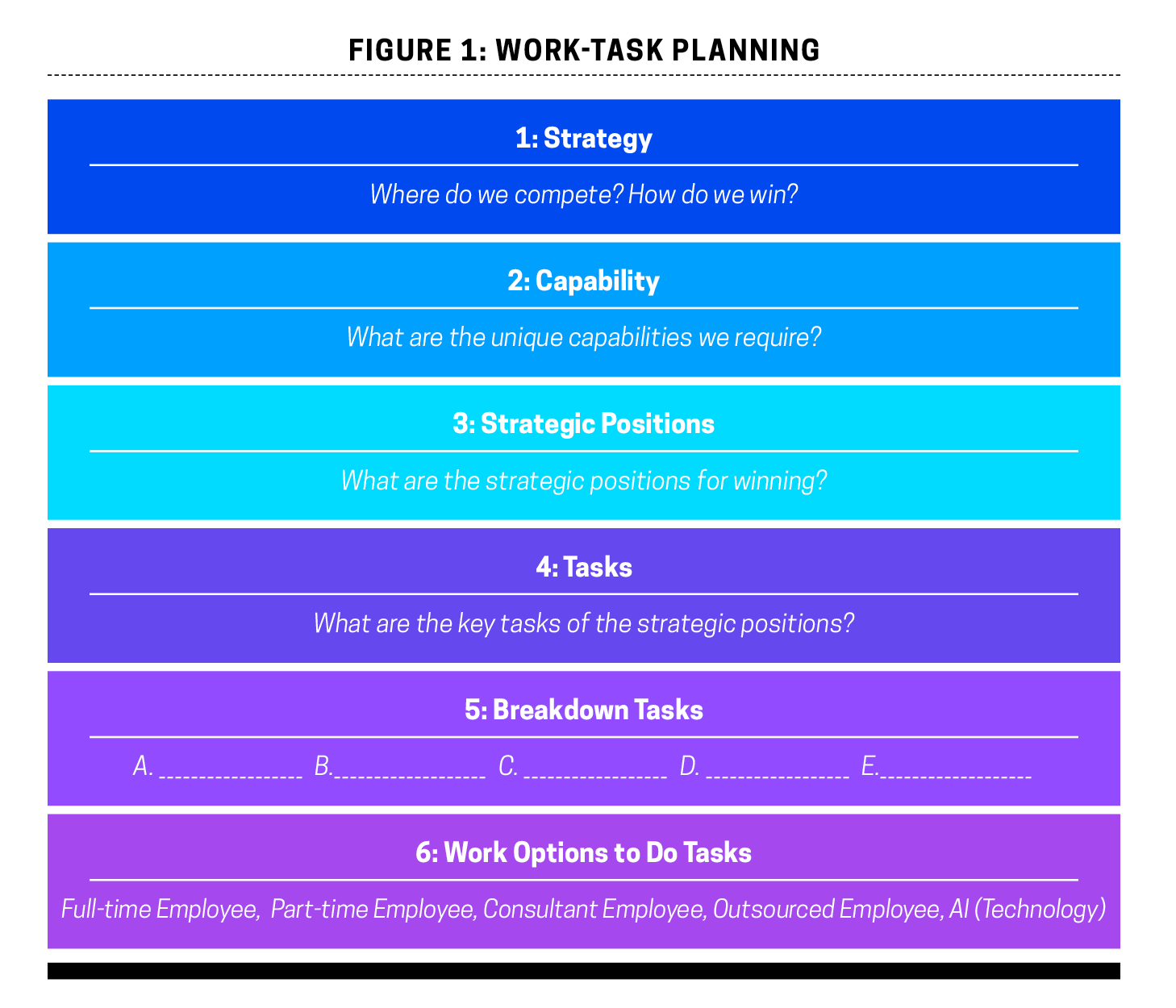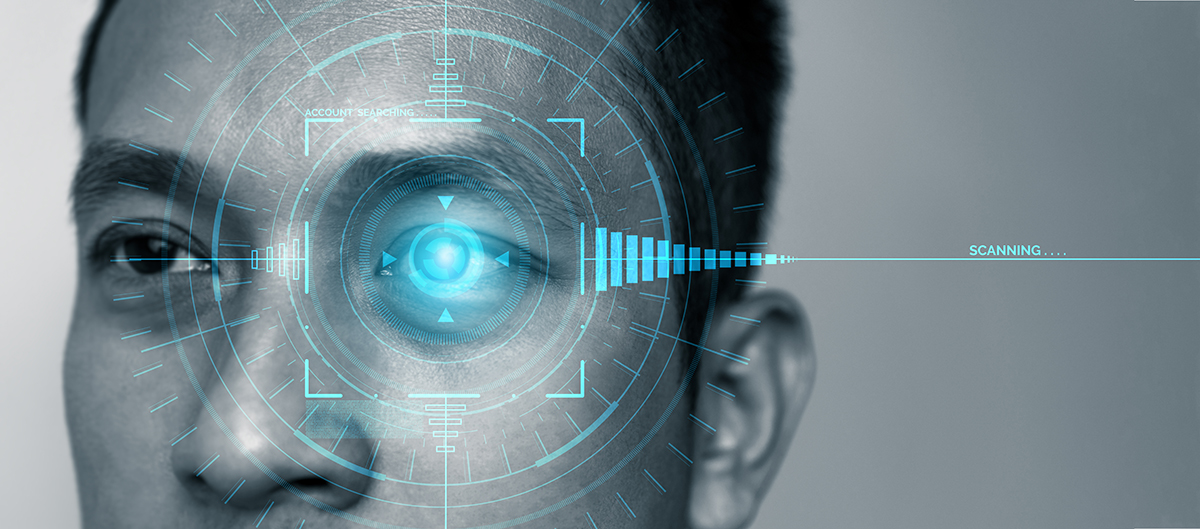How we recruit, motivate, and retain top talent is evolving at light speed. These changes are coming fast.
By Dave Ulrich
The focus on talent (workforce, individual competence, employee) continues to gain attention. In the past year, there have been some talent-related themes that shape how people think, act, and feel within their organization.
These include unconscious bias (evolution of diversity agenda), types of workers (evolution of full-time versus part-time and contractor employees), use of digital technology (talent apps) to innovate employee interactions within the firm, and employee analytics to predict employee behaviors.
Many have and will comment on these and other talent-related innovations. My bias is to look forward and envision the next talent agenda.
Talent Innovation #1: Employee Guidance
Many of the talent initiatives listed above focus on employees to help them have a better experience in their organization. We have found that a key to talent sustainable experience comes from thinking about talent from the outside-in to better justify talent investments. Talent choices, practices, and activities deliver value to customers and investors, or seeing talent from the outside-in. Some of this outside-in logic correlates employee experience with customer experience (usually in the 0.6 to 0.8 range) and investor confidence (intangible market value).
Going forward, this outside-in logic should lead to better employee guidance. Guidance is a fascinating concept for many groups: students wanting career guidance, families wanting investment guidance, or investors seeking corporate guidance. In these and other settings, guidance implies setting a direction (career goal, financial independence, or corporate performance), and then building a pathway (or pathways) to that direction.
Going forward, I envision more focus on employee guidance than activity. In this scenario, HR might propose a host of talent-related investments (staffing, training, career planning, communication, performance management, and so forth), and then an assessment can be made as to the relative impact of these investments on stakeholders who matter (customers, investors). This combines digital HR and HR analytics into a forward-looking, outside-in perspective on talent. When HR has limited resources to invest in talent, they should focus on those talent-related activities that deliver the most value to key stakeholders through a talent guidance logic.
Talent Innovation #2: Employee Experience
Employee experience has become the new mantra for how employees respond to work. While it builds on previous work on employee motives, motivation, commitment, and engagement, there are a few trends for employee experience that should emerge going forward.
One evolution will be employee responsibility for their experience. This has led Marshall Goldsmith to add the personal choice antecedent (“Did I do my best…?”) to traditional employee sentiment questions about boss, friends at work, pay, and working conditions. Employee experience may also open the way to synthesize more clearly how to help employees respond favorably to their work setting through the essence of their experience—the extent work increases their ability to believe, become, and belong.
- Believing: An employee finds personal meaning from organizations because employees realize that their personal values derive from and align with the organizations’ purpose and values.
- Becoming: An employee learns and grows through participation in organizations because they enable employees to pursue new talents through opportunities.
- Belonging: An employee has a personal identity and develops new relationships because organizations put employees in contact with others.
By meeting these needs, organizations increase employee sentiment that delivers value to customers and investors.
Talent Innovation #3: Work-Task Planning
Today’s work world sees an onslaught of technological innovation. The speed and power of computing increases, producing digital concepts that include cloud/big data, social media, gamification, Internet of things, robots/chatbots, virtual or augmented reality, blockchain, artificial intelligence, cognitive automation, machine learning, deep learning, and so forth.
Through these digital tools, the use of technology has evolved from focused reasoning to statistics to deep neural learning systems. Technology is an assistant (enabler, supporter, partner, helper) and not a replacement for people. Though it will not match neurological brain power, as technology evolves, it will have the capacity to use data to make decisions and to learn (e.g., IBM’s “Watson” learned to play chess as well as or better than a human being).
What does technological and digital revolution have to do with workforce planning? In today’s companies, work can be accomplished in many ways: by full-time employees, part-time employees, contract employees (outsourced, consultants), and now AI (robots, augmented reality, machine learning). With this variety of ways of doing work (including technology), the focus of talent management is less on planning a workforce than on accomplishing work-tasks. The logic of work-task planning has six steps, as shown in figure 1.

Work-task planning brings technology into the talent world. Workforce planning is about placing people in the right job at the right time with the right skills. Work-task planning focuses more on how to accomplish a take either with people or through technology.
Talent Innovation #4: Culture Before Talent
Talent matters, but organization matters more to key results. In the Academy Awards, the movie that includes the best actor or actress wins best picture about 20 percent of the time. In the NBA, the team with the top scorer wins the NBA championship about 20 percent of the time.
Further, during the three years Michael Jordan led the league in scoring but his team didn’t win the NBA championship, he averaged 34.55 points per game. But when Jordan led the league in scoring and his team won the championship (six times), he averaged only 30.5 points per game. When he personally scored less, the team won the championship. Teamwork wins.
Like movies and sports, business today requires teamwork. In our research (see Victory Through Organization) on 1,200 businesses, we discovered that organization capability had four times (yes four times!) more impact on business results than individual competence (talent). Organization capability may occur in a plant, function, division, business unit, geographic unit, or enterprise wide.
So talent advocates will be increasingly sensitive to the organization settings where they work, with attention on organization capabilities like innovation, collaboration, agility, customer centricity, external sensing, and creating the right culture.
I’m sure these four future-focused agendas are a small snippet of future-oriented talent focus. They are conceived continue to invest in talent as a way to help both people and organizations grow.
Sign up for the monthly TalentQ Newsletter, an essential roundup of news and insights that will help you make critical talent decisions.
Dave Ulrich is the Rensis Likert Professor at the Ross School of Business at University of Michigan and a partner at The RBL Group, a consulting firm focused on helping organizations and leaders deliver value. He studies how organizations build capabilities of leadership, speed, learning, accountability, and talent through leveraging human resources. He has helped generate award-winning databases that assess alignment between strategies, organization capabilities, HR practices, HR competencies, and customer and investor results.


